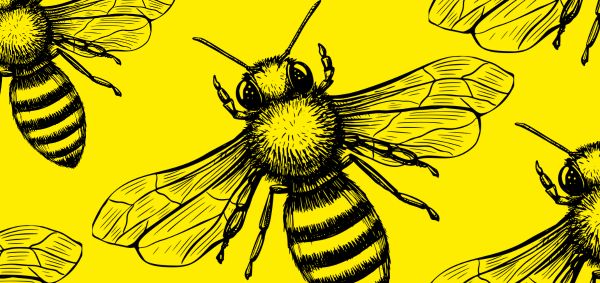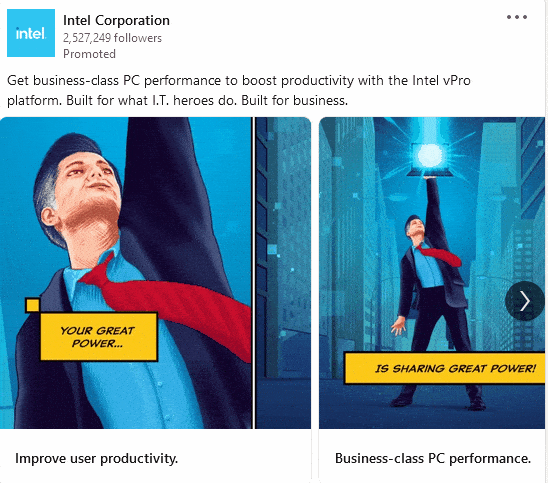
Marketers often look at big data collected over a long period of time to get a good idea of the trends that work, and to explore the indicators of success and reliability.
There aren’t many places better to look for big data than evolution and nature. Over millions of years, each species has evolved to be the very best it can be – the survival of the fittest theory by Darwin.
Why can’t we as marketers learn more about optimisation and adaptability from nature? Other sectors have. In engineering for example, the shape of the Japanese high-speed bullet trains was derived from the beak of a bird.
Nakatsu was bird watching and noticed that Kingfishers glide through the air without any wind resistance, so implemented the same shape into his train designs to combat the resistance and subsequent unpleasant noise.
There are plenty of other examples too – mosquitos inspiring near-painless hypodermic needles for injections, mussels’ grip driving the invention of plywood – the list goes on.
The waggle dance
Rory Sutherland, prestigious author, and VP of Ogilvy, talks about bees and how they experiment during the ‘waggle dance’, a process in which a bee alerts its hive of nearby nectar through movement.
He says that around 20% of a hive flies off in random directions, while 80% collect pollen and optimise the yield from the chosen flower patch.
If you think about it, very few businesses operate like this. But the reason for bees surviving over 125 million years is because of this very factor.
Brand experimentation and creative risk-taking
The A/B test is a good example of marketers pursuing this ideology, but few businesses like this way of working. Usually both A/B test variants need to be approved by a few stakeholders, and there is no opportunity for true experimentation.
I propose a new strategy for LinkedIn Ads – purely because the 80:20 rule works so delightfully!
Best practice for LinkedIn Ads is serving at least 5 ads in each campaign group. With this in mind, let’s start making 1 of them absolutely crazy. Still on brand, but quite out there and impactful because of it.
When promoting your cybersecurity software, you could have 4 generic ads running – something along the lines of ‘You wouldn’t leave your backdoor open at home, so why leave your business exposed?’, followed by an absolutely absurd advert that captures the attention of almost everyone that scrolls past.

(Source: An innovative advert as seen on Intel Corporation’s LinkedIn, which most likely acted as one of many ads as part of their Heroes campaign)
Use the bright colour in the colour palette that seldom gets used because the CMO isn’t a fan of it. Use the most playful of the brand fonts. Use an image that seems abstract but really has a genuine connection to the subject. Write copy that is likely to stop a scroll. Go and grab attention – don’t expect it.
This is just an example of how to experiment with 20% of your marketing effort on one channel. If you do this across all your channels, you’ll notice something incredible.
The reality of brand experimentation
Maybe some of the experiments completely flop, and you get a Teams message from the CMO saying “Jenny from Accounting just saw the post you put out and she said that the colour is too bright”. But, and it’s a big but, the risks that do pay off will be monumental and bring you more success than any generic marketing efforts would.
The problem with business is that we have bred an environment in which fact and evidence is more accepted that creativity and ideas. Really though, most business innovations come from a creative idea that doesn’t quite seem logical until it happens. A phone that costs £1k because it looks slick, and the apps are all quite uniform? That’s crazy! A coffee that costs £3.40 but isn’t much better than what you could make at home with a Tassimo? No way! Well, Apple and Starbucks fans around the world would disagree.
There are no procurement bees or floor manager bees flying around with clipboards, buzzing at the other bees attempting to explore their way to innovation. The bees that fly around randomly have something that none of the bees optimising the existing flower patch have – an opportunity to innovate.
Without them, if the existing flower patch gets destroyed by an animal or human, the bees are in a sticky situation – and I don’t mean too much honey! If another swarm of more competitive bees come along, they are also going to struggle.
In business terms, your market becomes oversaturated as new competitors join and you don’t attempt to find new avenues of business growth and new pockets of customers. You can be wiped out entirely by a strong competition if you haven’t explored other routes and pursued multiple directions at once.
Conclusion
Experimentation directly drives innovation, and innovation is one of the key factors to a business’ success. Rarely does a business innovate and not achieve more rapid growth than a business stuck doing the same thing, in a small market for years. Don’t plateau. Grow.
Thus, my new mantra:
be more bee.
If you would like to explore ways brand experimentation can benefit your business, please get in touch! Our team of specialists would love to help.